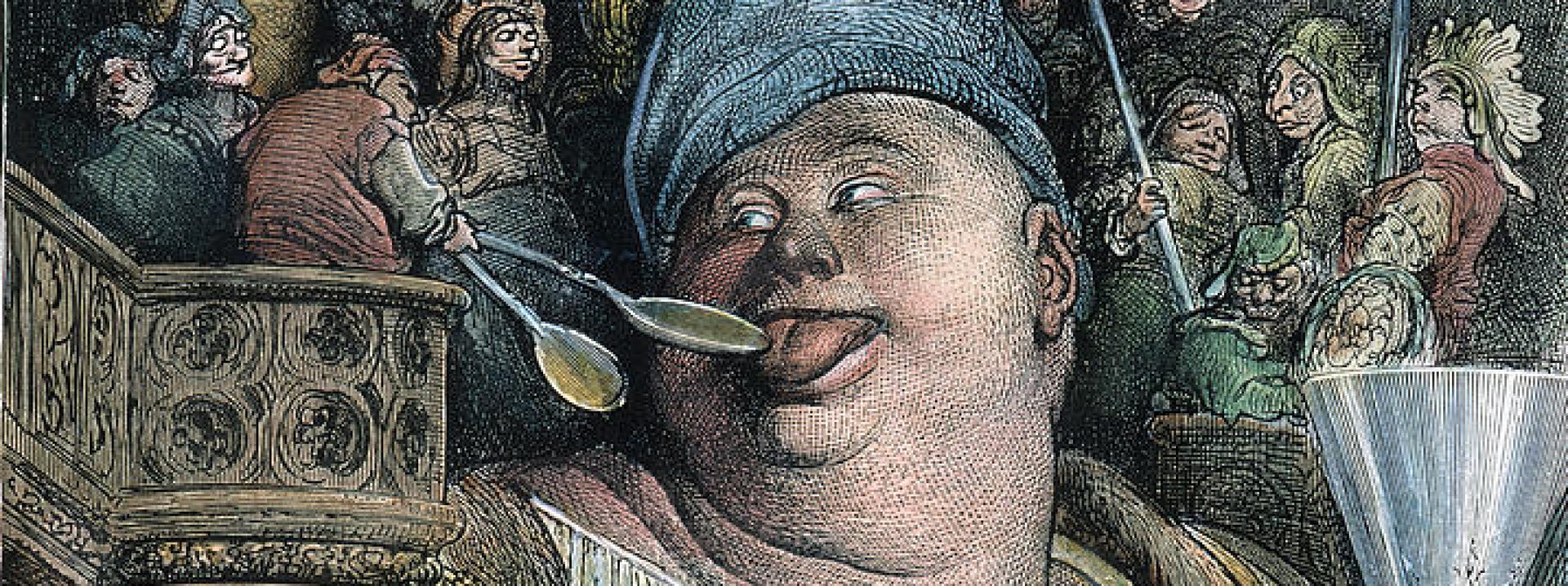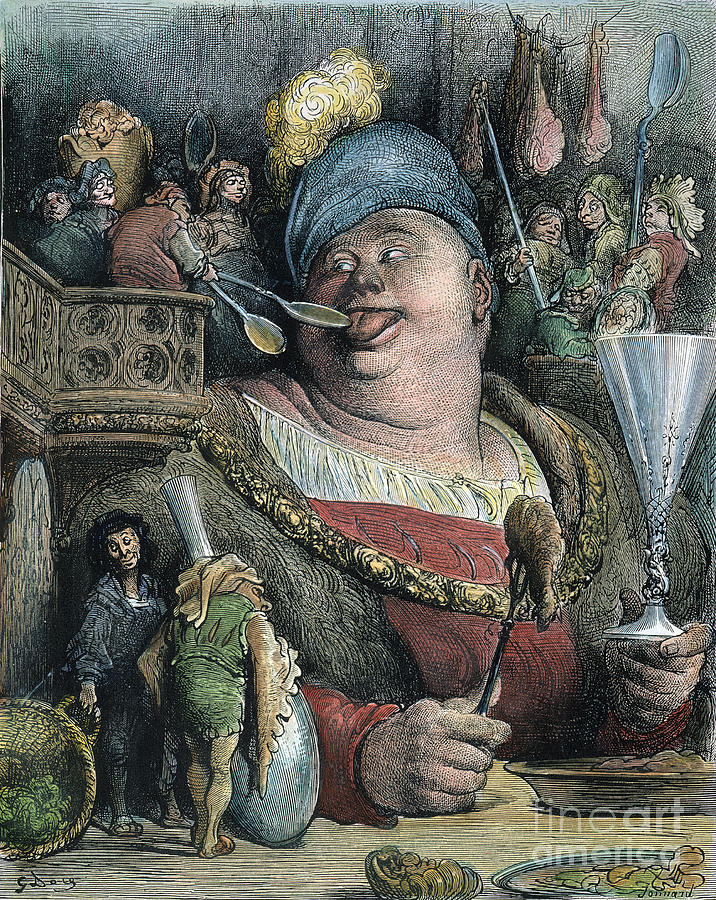Hi everyone! For this week’s appetizer, I’ll be interested to hear your thoughts on the relationship between Philadelphia’s Mütter Museum and the grotesque. Perhaps this is just a reflection of me missing the city, given the whole, you know, quarantine nature of everything, but here we go!
A medical museum associated with the College of Physicians of Philadelphia, The Mütter Museum describes itself as dedicated to “help[ing] the public appreciate the mysteries and beauty of the human body while understanding the history of diagnosis and treatment of disease.” Notable exhibits include “The Soap Lady,” a body exhumed in 1875 in a uniquely preserved condition due to a calcified fatty substance that encases the remains, and the death cast and preserved livers of conjoined twins Chang and Eng Bunker. Images of both these examples are readily available online, but not linked here to encourage a sort of “challenge by choice” viewing – if you are interested, please do, but it won’t be necessary to engage with this appetizer.
Thinking about the Mütter Museum, and these two exhibits specifically, has led me to think about the grotesque in the context of displays, museums, or exhibitions.
Specifically, how do we feel about the display of “the soap lady,” who never intended for her body to be shown in this way. Is there a carnivalesque nature to the idea of spectacle in this context, or is the grotesque nowhere to be found?
Additionally, Chang and Eng were known during their lifetimes as notable touring performers, born in Thailand and transported to the United States by a businessman with the express intention of putting their bodies on display for profit. What do we make of the idea of a sideshow – another sort of spectacle, but one at the expense of the subjects – in the context of the carnivalesque? Chang and Eng’s popularity, both in life and through these relics at the Mütter Museum, has been marked by a heavy focus on their grotesque (unusual, uncommon, unfamiliar to most audiences) bodies. Is it possible to reconcile the objectifying fascination with medical “oddities” and the carnivalesque?
Any other thoughts you have concerning the carnival/esque, the Mütter Museum, treatment of human remains, or sensationalized conjoined (or other) bodies are of course welcome as well.


I think this is a very interesting topic, and I actually visited this museum when I was taking a course on history of medicine in a summer program two years ago. I can hardly say that it is carnivalesque concerning the nature of spectacle because there seems to be a “footlight” that sets the body on display apart from the viewers. Also, the distance between the exhibited body and viewers changes: While the pathological grotesqueness distances the body and viewers in terms of the features of the human body, they would also be reminded of the truth that the body used to be a living person. At the same time I’m thinking about the nature of freak shows, and I don’t know if the audiences considered the “freaks” as humans just like themselves. If the audiences thought of them only as human-like creatures, would the spectacle possibly be carnivalesque?
I actually haven’t had the chance to see the Soap Lady in Philly, so I took a look at the pics/video online about her. There is something very grotesque about the image of a decayed body yet still preserved in some form, as we are typically not able to view bodies in this form. I noticed the orifices, specifically her eyes mouth and nose, as it looks like she is screaming or yelling, which to me is very grotesque. Regarding the carnivalesque however, I don’t think that the viewing of this body is carnivalesque as it is sort of “displayed in foot lights” as Eve said, and we are not typically humored by a dead body.
Wow! I love the Mutter Museum! I saw it on a Discovery Channel documentary when I was 7, and I always wanted to go but accepted that I probably would never go (because I lived on the west coast). But then I got into Haverford and within the first week of being on campus, I got to go! It was amazing! It was everything my seven-year-old-self wanted. I have so many thoughts! (I’m sorry if this is rambling)
Understanding the grotesque in the context of the Mutter is interesting to me for 2 reasons: 1) It is a museum of human bodies, so there is like this question of consent from the patients/families of those on display and 2) It is a medical museum, so there is this question of whether or not the body as an academic study and the role of physicians can be carnivalesque.
Liam and Eve covered my first question pretty well. The Mutter can be disturbing as it is othering these bodies. As the post mentioned, a lot of the bodies on display were othered and taken advantage of in life, and now also in death. However, I also think the audience’s intent is important here. Are we going to gawk at “freaks”? Or are we going to understand medical pathologies and what can happen to our own bodies? Are we trying to understand our own mortality or are we trying to trick our mortality by looking at those less healthy/standard than us?
Regarding my second point, is medicine carnivalesque? Mutter started collecting these human samples as teaching tools for himself and his medical students. These bodies as teaching tools certainly seems more respectful/elegant than the Mutter museum now. I think individual medical facts or any random medical specimen isn’t carnivalesque without the audience there to interpret them. I doubt medical school feels very carnivalesque when the students are, for example, learning how to dissect a body, but there probably is a carnivalesque feeling when students are learning how to give a prostate exam (maybe, idk). Rabelais was also a physician and I think a lot of his bodily jokes come from how intimately he knew human bodies.
Thank you all for your thoughtful responses! Lots to go off of here. I think Juliana’s question of intent really encompasses a lot of the points also brought up by Eve and Liam, particularly the question of whether museum visitors are “trying to understand [their] own mortality or trying to trick [their] mortality.” I think this has also got me thinking about the relationship between medicine and the carnivalesque more broadly, as Juliana also alluded to, Rabelais’ role as physician may have given him the leverage and knowledge to engage with the body more completely or intimately in his work. With this in mind — bear with me as I try to connect these two questions — is there a relationship between, say, visiting the Mutter Museum or a similar medical history locale, and having a greater understanding of or appreciation for the body? In turn, then, does this lead to a greater capacity to engage with or appreciate the carnivalesque?
I think that people can get a greater understanding of the body by visiting a museum of medical history, since these exhibited bodies not only tell the viewers about the structure of human bodies and what may happen to human bodies, but also how bodies were handled and treated in different times. And regarding the second question, I think to a certain extent, it does lead to a greater capacity to engage with or appreciate the carnivalesque, especially for the grotesqueness included in the exhibitions. But when I take account of the mortality, it becomes harder to answer since there seems to be a conflict between death and carnival. It reminds me of Bruegel’s The Triumph of Death which we looked at last Thursday. I think that the mortals in the painting cannot engage with the skeletons because death has an absolute power over mortals. And I remember that we discussed the idea of the crowd being an immortal and carnivalesque body. Thus, concerning the nature of the spectacle and its emphasis on mortality, visiting such museums does not seem to help the viewers to engage with carnivalesque better.
I really like your last point about how mortals in The Triumph of Death can’t engage with the skeletons because death has power over mortals. The painting is disturbing and mocks the carnivalesque because we, the audience, is scared of death and empathize with the living bodies being pillaged in the painting. Compare this to images from Day of the Dead, for example, where skeletons are joyful and meant as a celebration of life (see https://www.bbc.com/news/world-latin-america-46008672 for examples).
The skeletons at Day of the Dead celebrations are usually dancing, playing music, playing games, etc., while the Bruegel’s skeletons are murdering, stealing, setting fires. Depending on the cultural context, dead bodies can be either joyful or terrifying. Bringing this back to the Mutter, I wonder where its bodies fall on that spectrum of joyful and comforting to scary and alienating, or if these bodies are not on the spectrum at all because they are considered educational.
I think these medical museums definitely lets the audience discover just how grotesque, marvelous, disgusting, and powerful human bodies can be. These museums definitely brings forth the grotesque. However, the grotesque and the carnivalesque are different from each other and I think how these museums interacts with the carnivalesque depends too much on the museum’s and audience’s intents.
To answer your first question I would say yes, there is a definite connection between visiting the Mutter Museum and having a greater understanding of/appreciation for the body. I think this relationship may be one that makes us more comfortable with the grotesque of a dead body. This is a thing that many people do not see, and is often unsettling. However, when bodies are put in museums like this one, people are able to become more comfortable with them. Does this lead to a greater capacity to engage with the carnivalesque? I’m not exactly sure. When people see these bodies in their cases stripped of all life, perhaps they are able to see that every body is very similar. Maybe this helps them buy into the whole carnivalesque “one body” thing.
I think it is interesting that Allison mentioned humanity in class. And she is completely correct that we feel uncomfortable seeing the grotesque things because we still hold some humanity. And humanity is probably one of the factors that keep viewers of the malformed bodies to be unable to engage with carnivalesque better. And apparently, we got this answer because our generation grew up learning about humanity, and it is quite impossible for us to put this concern down. But what about the Freakshow audiences in the 19th and 20th centuries? In a society where humanity and human rights were not emphasized to the greatest extent, would the audiences find the exhibitions leading to a better capacity to appreciate carnivalesque?
Oh I big forgot to post my reflection on Friday (or yesterday…) so here we are! As I mentioned during our small group discussion in class, I sort of went into this post thinking “Mütter Museum = cool, grotesque?” and I am really pleased and grateful with the way my group members dove into the discussion to get it beyond that sort of simplistic entry point. In particular, I really appreciated the conversation about understanding versus objectifying the human body, as well as the relationship between Rabelais’ medical background and the overlap between physiology and physical comedy.